Are you struggling to get the attention of your audience in an overwhelming digital landscape? With a myriad of articles and content pieces generated each minute, it’s increasingly difficult to differentiate yourself and make an impact. But here is help: gated content. A tactic that could be a game changer for your business.
Join us to explore the world of gated content and how it can unlock the door to boosted brand authority, increased audience engagement and successful lead generation.
What Is Gated Content?
It’s a piece of content locked behind some sort of form. Gated content requires people to share first their contact details and other information (such as their name, industry, job title, etc.) in order to access valuable content.
This type of content can be considered an exclusive VIP club for your target audience. Accessing this club is like a teaser, showing them how valuable your products and services might be for them.
It’s a way for businesses to maintain contact with people who have read and shown interest in their website and other online content.
Plus, it’s a tried and tested method of generating leads, particularly for B2B companies. Gated content case studies show sometimes spectacular results like increasing conversions by 3806%, or adding 7500 subscribers from one post.
Gating content is a strategic tactic used by businesses to create a more personalised way of engaging their audience.
By offering valuable and exclusive materials they aim to create a sense of curiosity among their website users. And encourage them to take a particular action like filling out a form or signing up for a trial or newsletter in order to access that exclusive material.
Such a tactic is a win-win, users get valuable content to solve their pain points and businesses gather data about their audience, generate qualified leads and nurture potential business relationships.
What Are the Most Popular Types of Gated Content?
The power of gated content relies on its versatility. There are a plethora of content formats with “gating” capabilities, each catering to various needs or preferences.
Let’s explore some popular options:
Free Trails
A free trial offer is very common these days, particularly for SaaS or software businesses. It usually offers a limited period with full or partial functionality during which potential customers can try for free their product/service.
Free trials are highly effective because the potential client can test the product, verify its characteristics if it delivers the promised results and if it works for them.
As a business, you have to be sure you deliver enough value to convince the customer your product is valuable and worth their money and effort. And it entices them to buy.
Whitepapers and Ebooks
These are long-form, well-researched and in-depth pieces of content developed around very specific topics.
Hence, they are very valuable resources for a target audience that is interested in actionable insights and comprehensive knowledge on a certain topic.
Businesses gate these types of content in order to attract persons that have a high interest in a specific subject and have higher chances of becoming potential clients.
Ebook gated content example:
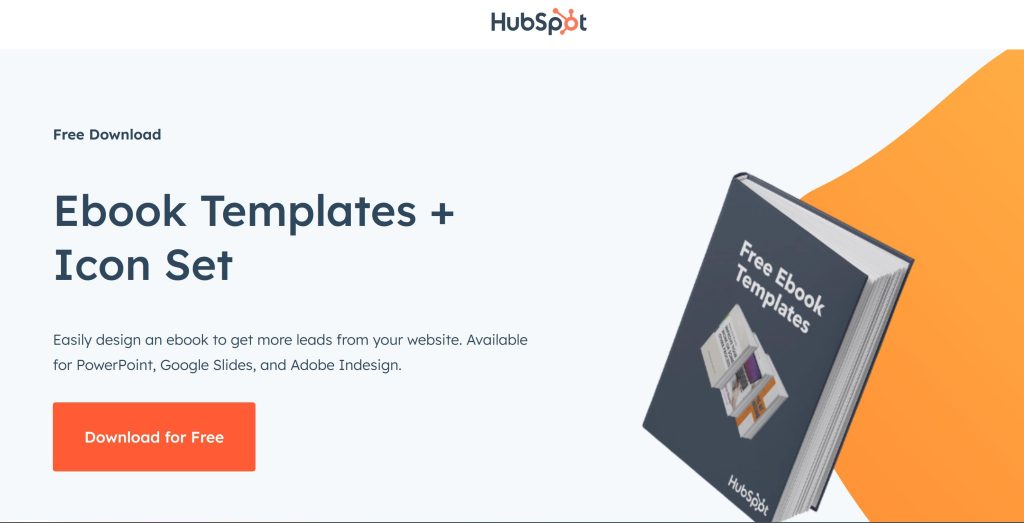
Source: HubSpot
Free Online Courses and Webinars
Being educational and interactive, free online courses and webinars are thought-after mediums for sharing knowledge, know-how and teaching new skills.
They can be live events or pre-recorded. And is a tool businesses use to attract a very specific audience interested in very specific topics. Moreover, they are excellent ways to demonstrate expertise and build trust with the targeted audience.
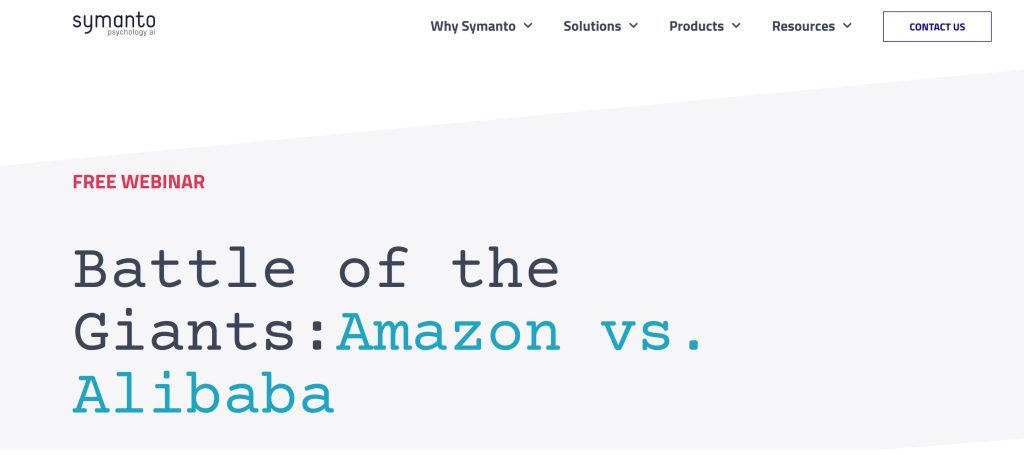
Gated content examples – Symanto’s free webinars
Prominent Case Studies, Research Papers, and Exclusive Reports
Real-life success stories and insights proven by exact data are among the most interesting and captivating materials online. Businesses know this and use it to their advantage.
They take the center stage to showcase their expertise and reveal the capabilities of their products and services accompanied by strong evidence. As such, they can quickly attract potential customers that value proven results supported by data.

Industry report gated content example via SemRush
Product Demos
Are a reliable tactic to generate qualified leads for your business. Most often product demos are gated and/or require a call schedule to gain access.
As prospective clients have the possibility to review the demo multiple times and take their time to decide, this is a very helpful and successful alternative to fill your pipeline with leads and your email list with interested people.
Premium Video Content
In our visual era video content is arguably the most engaging form of content. Using it as gated content becomes a superpower when you are looking to educate and retain the attention of your audience.
As gated video content, your business can use exclusive interviews, how-to tutorials or in-depth research. Such material usually gets the attention of users and entices them to provide their personal details to get access.
Membership Programs
Memberships are a very popular method of creating communities and also popular monetizing strategies. Most often they are paid programs and sometimes have some sort of free versions.
Memberships involve a regular payment to access exclusive content. And they provide highly valuable relevant content, perks and insights. It’s a massive way of creating highly engaged and loyal communities and strengthening relationships with clients.
What Are the Benefits of Gated Content for Business?
Gated content is not a marketing fad, it’s a reliable and versatile tactic that brings several advantages that can hardly be ignored:
Collects data and extracts valuable insights
When sharing personal details to get access to gated content, users provide valuable data for the business. That will be used in market research activities and in extracting insights to personalize the marketing activities.
For example, using the data gathered on your website like subscriptions, app accounts, web traffic and other social media sources, via an advanced tool like Symanto, you can obtain valuable insights. These insights may refer to the competitive environment and the tactics that competitors use to gain market share.
Here is a relevant case study:
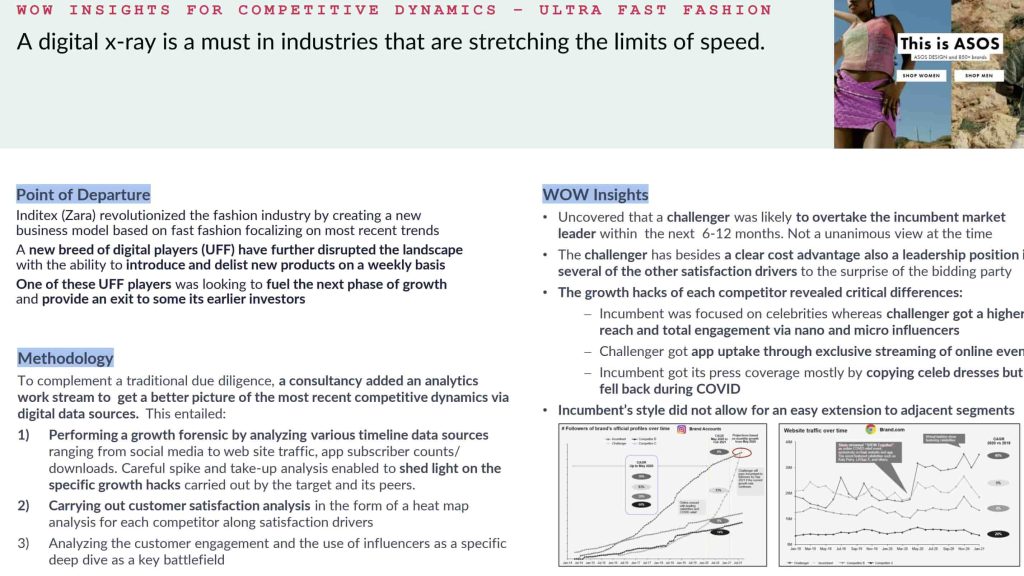
Builds an engaged audience
To access exclusive valuable content contact information is required. Thus, they show a certain level of interest. And, nowadays, users are picky when offering their contact details.
Along the time they will create a base of like-minded persons that will promote your brand.
Generates highly qualified leads
Gated content targets interested users and because of this conversion potential is enhanced. Users that engaged with gated content are more likely to become paying clients.
Builds credibility and establishes thought leadership
Powerful content that shows expertise and provides reliable solutions is usually gated. One of its purposes is to build credibility and enhance the brand’s authority.
Enhances engagement and customer loyalty
High-quality, exclusive content encourages interaction and strengthens the connection with the target audience. Ultimately, they will become clients, and if they are happy will become the brand’s evangelists proving their loyalty.
Steps to generate leads from gated content and convert them to sales
1. Research the type of content that resonates most with your audience
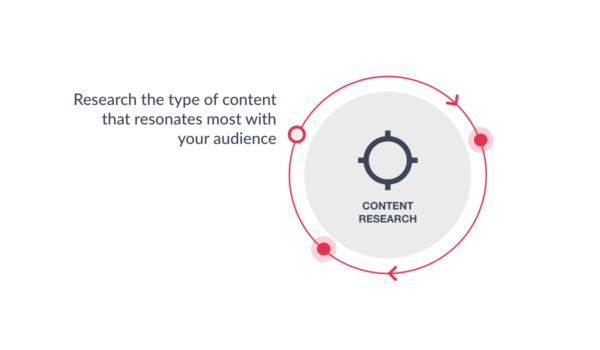
As we’ve already established, the most important thing is to identify the type of content that your audience would happily exchange information to access.
This means tapping into your existing customer base. You can use Symanto’s suite of tools to identify the psychographic profile of your audience. Are they emotional or logical thinkers? What is their motivation for coming to your website? This kind of information can help you decide the kind of content to include.
For example, a logical thinker accessing your website for comprehensive information might be more drawn to a webinar accompanied with factsheets, while an emotional thinker might prefer an informal “coffee break” video podcast.
2. Conduct competitor research
Before committing to creating content, it’s best to make sure it’s unique. Assess competitor websites. What do they offer in terms of gated and ungated content? How can you improve on what they have to offer?
At this stage, brainstorm some original ideas that appeal to the psychographics of your audience.
3. Create valuable content
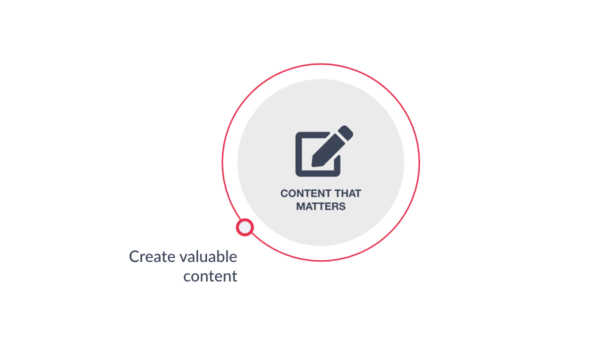 Now it’s time to get creating. Note that we’ve specified valuable content. You’re expecting people to hand over their personal information. What is your gated content going to provide them in terms of value? Misjudge it, and you could negatively affect the audience’s perception of your brand.
Now it’s time to get creating. Note that we’ve specified valuable content. You’re expecting people to hand over their personal information. What is your gated content going to provide them in terms of value? Misjudge it, and you could negatively affect the audience’s perception of your brand.
Perceived value is important too. If your gated content is a webinar, people are going to expect a running time of at least half an hour. Make sure that your content lives up to or exceeds expectations.
Don’t forget to include a call-to-action in the content itself. Although the purpose of gated content is to generate leads for you to later pursue, the ideal scenario is that the content itself inspires them to make a purchase.
4. Create a compelling intro to your gated content
 In order to convince people to register to access gated content, you need to make sure that you hype up your content with a compelling synopsis and headline. This technique is also known as “motivate, then gate.”
In order to convince people to register to access gated content, you need to make sure that you hype up your content with a compelling synopsis and headline. This technique is also known as “motivate, then gate.”
Don’t forget you can use Symanto’s psychographic insights to help you use messaging that resonates with your audience.
5. Follow up, stat.
Act fast. Leads go cold quickly. According to an article by Harvard Business Review, firms that contact potential customers within an hour of receiving their details are almost 7 times as likely to qualify the lead than those that wait over an hour.
How to Choose the Right Balance: Gated vs. Ungated Content
Identifying the right mix between gated and ungated content can impact notably your marketing results.
| Gated Content Pros | Gated Content Cons |
|---|---|
| Generate qualified leads | Limited reach |
| Data collection to extract insights | Limited SEO results - low traffic |
| Targeted marketing | User friction |
| Longer email list | Reduced sharing |
| Increased sales | Users may submit wrong information |
| Engagement and personalization | |
| Increases brand authority and loyalty |
How to Decide When Gated Content Will Be Used?
The fundament for deciding when to gate content is to be found in your content strategy. Plus, considering some of the following factors:
- Content value – If you have a material that gathers unique and high-quality insights that is available only on your business website, it’s customary to gate it.
- Target audience insights – If your primary goal is to collect more data and information about your buyer persona, one way to do it is through gated content.
- Quality Lead Generation – If you are looking for more qualified leads, gating content is a good filter to target persons that already showed interest in your company.
- Sales Funnel Stage – When deciding where to place your gated content pay attention to the funnel stage and your goals.
The most important thing is to drum up enough interest and intrigue in order to convince potential customers that the information you provide will be advantageous to them. While initially gaining users’ trust isn’t completely inconsequential, at the end of the day you are only requesting their email address, not their payment details.
You can use gated content at any stage of the buyer process, so long as it is perceived to be worthwhile to the buyer.
Providing personal information is a significant barrier for some people. It’s important to note that gated content is used for lead generation. If your aim is merely to increase traffic and average time spent on a page, then ungated content (such as a blog like this) may be more beneficial to you.
What Are the Most Common Challenges Related to Gated Content?
As with any marketing tactic, gated content comes with its own obstacles. And you have to find the best solutions to solve them.
Reduce Friction
By friction, we mean the barriers that stand between your gated content and your audience.
To minimize friction remember to:
- Implement simple forms and ask just for the minimal information.
- Clearly list the benefits of your gated content and the value it brings.
- Ensure your forms and the corresponding landing pages load fast.
Address Data Collection Concerns
To gain the trust of your users and potential customers you have to pay attention and implement the privacy and data protection best practices.
Consequently, you have to:
- Put in place a transparent privacy policy and ensure your visitors and users that the data they provide you is secure.
- Comply with current regulations like GDPR.
- Get explicit consent from users to add them to your email list or send them marketing communications.
Differentiation and dealing with competition
In a crowded digital space, with loads of content created every minute, it’s increasingly challenging to stand out.
To overcome content saturation and gain an edge over your competition consider the following tips:
- Create highly relevant and valuable content for your audience.
- Segment your audience and create content targeting specific interests and preferences.
- Promote your gated content on all channels available.
- Emphasize on your unique selling proposition whenever the case, in your gated content included.
In summary
Gated content can be used as part of a well-thought-out strategy to generate quality leads and boost sales. It doesn’t matter at what stage of the sales funnel you introduce it, the most important thing is to make it compelling to your ideal customer.
Leverage Symanto insights to create the best gated content to attract leads and clients and motivate them to exchange their details.



